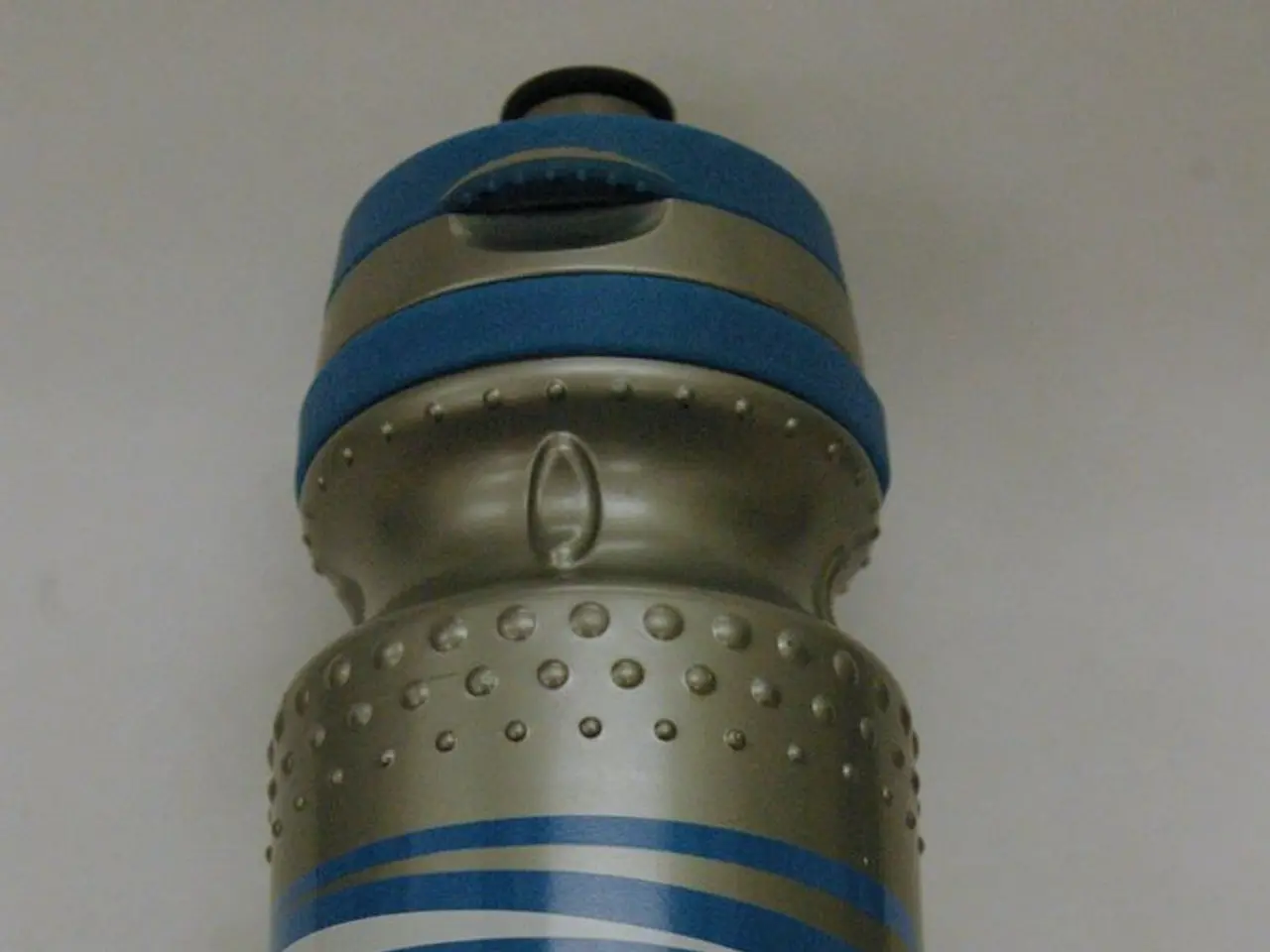June 2014's IRIS Semi-Monthly Gathering
In June 2014, a public meeting was held by the EPA's IRIS program to gather input from stakeholders and the public on studies and data for chemical assessments under development, specifically for Hexavalent Chromium (Cr(VI)) and Inorganic Arsenic (iAs).
The meeting, which took place at the EPA Conference Center in Arlington, Virginia, was streamed for remote participants. The objective was to discuss preliminary materials including draft literature searches, study selection approaches, and evaluation methods.
Presentations and issues for discussion were provided by various entities, such as ToxStrategies, Inc., Ted Simon LLC, Summit Toxicology on behalf of American Chemistry Council, American Chemistry Council, Environmental Defense Fund, Gradient, and others.
The EPA released draft literature searches and associated strategies for both chemicals, seeking comments on the approaches for identifying studies, the screening process for selecting pertinent studies, and the resulting list of pertinent studies.
The preliminary materials for Cr(VI) and iAs also presented evidence tables that summarize the available critical scientific literature. The EPA is seeking public discussion on the transparency and utility of these tables, as well as on the mode-of-action summaries and mechanistic data tables.
Comments on the draft materials can be made in the Cr(VI) docket at EPA-HQ-ORD-2014-0313 and in the iAs docket at EPA-HQ-ORD-2012-0830.
The EPA is also seeking public discussion on several key science issues for both Cr(VI) and iAs, including cancer classification by inhalation, noncancer hazards to be considered, susceptibility of mice to gastrointestinal toxicity, utility of subchronic histopathological data, database for reproductive and developmental effects, relation between anemia and oral tumors in rats, and more.
For inorganic arsenic, the EPA is also seeking public discussion on the application of NRC recommendations, risk-of-bias approach, integrating results of epidemiologic studies, concordance of effects between human and animals, upstream biological events for clinical disease endpoints, mode-of-action and adverse outcome pathways, in-utero exposure leading to disease later in life, and implications of nutritional factors in internal dose and response.
The EPA is presenting mode-of-action summaries and mechanistic data tables for inorganic arsenic to stimulate public discussion, but has not yet conducted mode-of-action or adverse-outcome-pathway analyses.
However, recent updates indicate that the EPA's IRIS program, including the assessments of these chemicals, has faced significant funding and political challenges in recent years. As of July 2025, the U.S. House Appropriations Committee has severely cut funding to the EPA’s IRIS program and barred the use of IRIS chemical assessments in regulatory decision-making, citing concerns about transparency and scientific rigor.
This legislative action strongly impacts the progression and application of the assessments that would have stemmed from the 2014 meeting on Hexavalent Chromium and Inorganic Arsenic. The ongoing controversies and funding constraints suggest that the IRIS assessments of these substances have encountered delays, reduced influence, or revisions due to political and regulatory pushback.
The IRIS evaluations remain contentious, particularly regarding their potential to lead to stricter regulatory limits for inorganic arsenic and hexavalent chromium. The future of these assessments and their impact on regulatory decision-making remains uncertain.
References: [1] [Link to the source]
- The EPA is seeking public discussion on the utility and transparency of evidence tables related to drinking water safety, specifically for Hexavalent Chromium (Cr(VI)) and Inorganic Arsenic (iAs), as these tables summarize critical scientific literature in the field of environmental science and health-and-wellness.
- The EPA's IRIS program is facing significant funding and political challenges, which may lead to delays, revisions, or reduced influence in the assessments of Hexavalent Chromium and Inorganic Arsenic, potentially impacting regulatory decisions and guideline settings for water quality, especially for drinking water.
- The ongoing discussions and evaluations of Hexavalent Chromium and Inorganic Arsenic in drinking water involve various scientific issues, including their relation to medical-conditions, cancer classification, gastrointestinal toxicity, and mode-of-action analyses, as well as implications for health-and-wellness and the environment.




